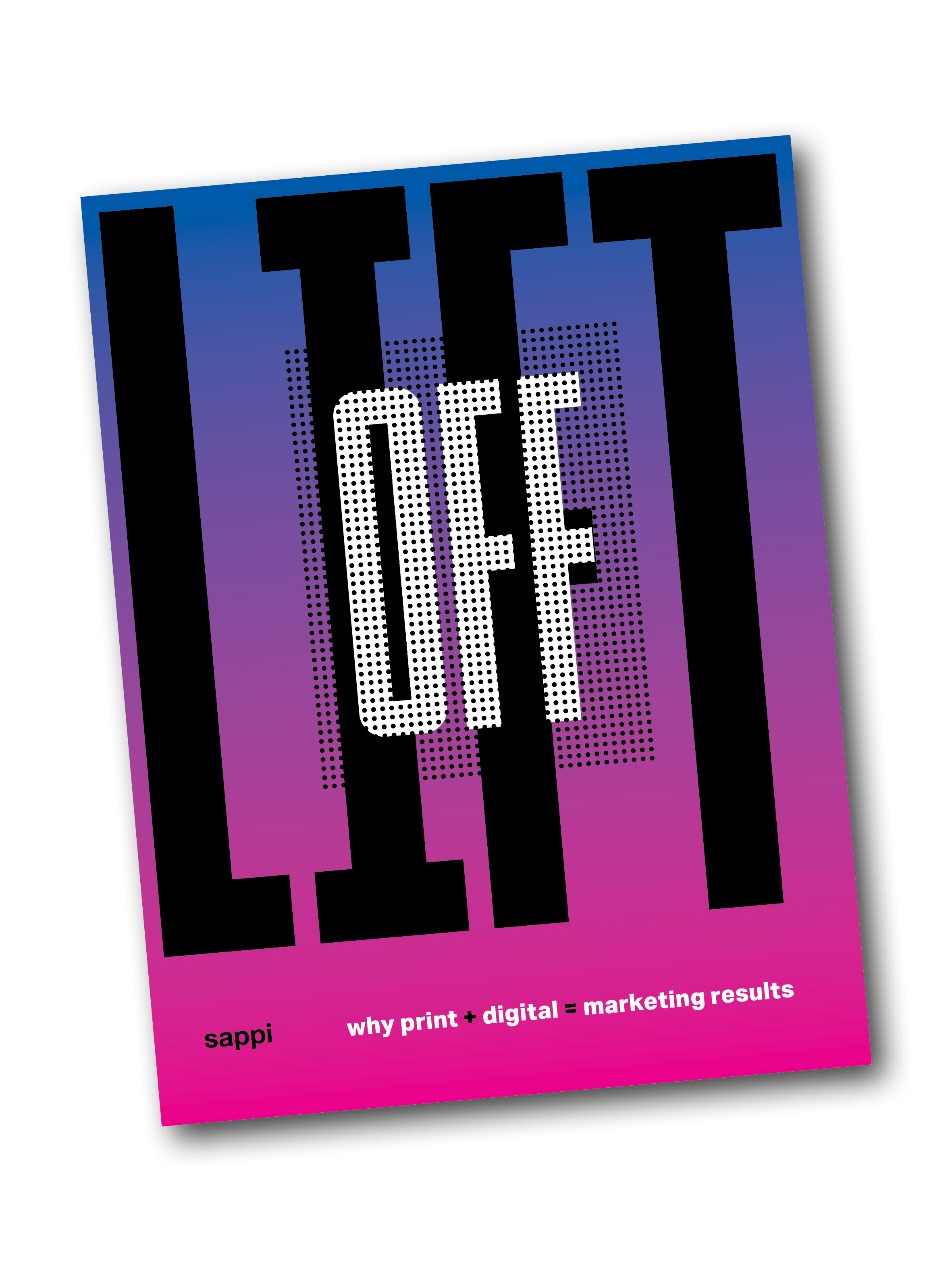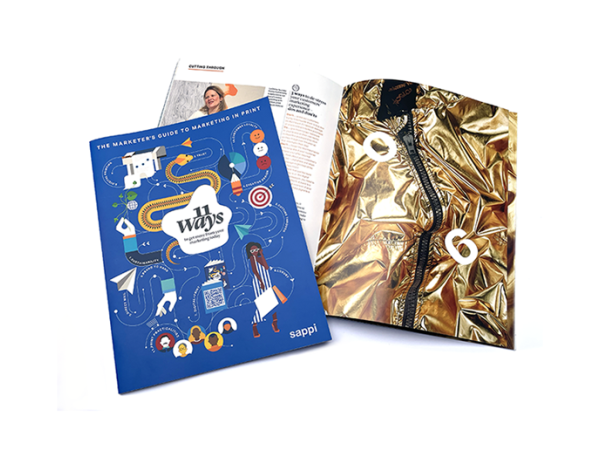One way magazines have thrived in lockdown – and what it means for print in a post-pandemic world
Most industries had a challenging 2020, not least magazine publishing. But figures show that despite the difficulties magazine subscriptions actually grew during lockdown.
While digital magazine subscriptions rose, print saw the biggest gains, growing by at least twice as much. In the UK they were up 13% across the sector, with some segments powering ahead – 'kids' grew by more than 500% and 'home and gardening' by more than 400%. Global publisher Bauer reported large increases in subscriptions – some by as much as 10 times – including big jumps for Yours and Grazia.
Condé Nast (publisher of Vogue, The New Yorker, Wired et al) saw subscriptions double in the United States, with further solid growth in their titles in China, Germany, India, Spain, and Russia. Condé Nast chief operating officer Wolfgang Blau pointed to readers opting to spend their time with “high-quality magazines”.
Titles have had to “shift gears”, he said, in order to stay relevant. But that, “while this crisis has accelerated the learning of social digital skills at a mass scale... it might also have increased our appreciation again for physical experiences and physical interactions” including “touching, and reading physical magazines”.
Anna Sampson, insight and strategy director at UK consumer magazine marketing body Magnetic, has highlighted the reader and brand benefits of more people reading magazines.
“It’s a positive and optimistic environment. People read magazines to indulge in their passions.”

Such passion means that consumers are more favourable towards one of the keys to a magazine’s success: advertising. Readers who enjoy what they are reading, not only sign up for more but are also more receptive to commercial messaging within the pages.
“To have an environment in which the consumer is welcoming the message, almost seeking it out because it’s relevant – that’s a really underrated value,” said Sampson.

Being able to hold consumer attention is critical for advertisers these days. But Faris Yakob, author of Paid Attention: Innovative Advertising for a Digital World has pointed out that it’s not the duration but the quality of attention that is important.
While some digital media may lay claim to a large portion of our time, it’s not always for the best. “Prolonged exposure to doom-scrolling... or a gaming binge of eight hours, tends to make [people] feel less happy than they did at the beginning of their media experience,” said Yakob. “When we are cognitively depleted, we tend to consume easier media.”
This is good news for printed magazines. Research already shows that the tactile nature of print helps readers understand and retain information (particularly when it comes to ads).
If things may be looking positive now, how will they shake out post-pandemic? While no one has the recipe for that secret sauce, one thing that will certainly be important is maintaining those subscription rates.
And when it comes to that, for publishing consultant Peter Houston, “Added value is a big deal, as is constant communication.” There’s no taking those subscribers for granted. “The worst thing publishers can do is ‘fire and forget’. They need to be constantly communicating with subscribers, re-evaluating the offer, and adding extras that keep audiences interested.”


